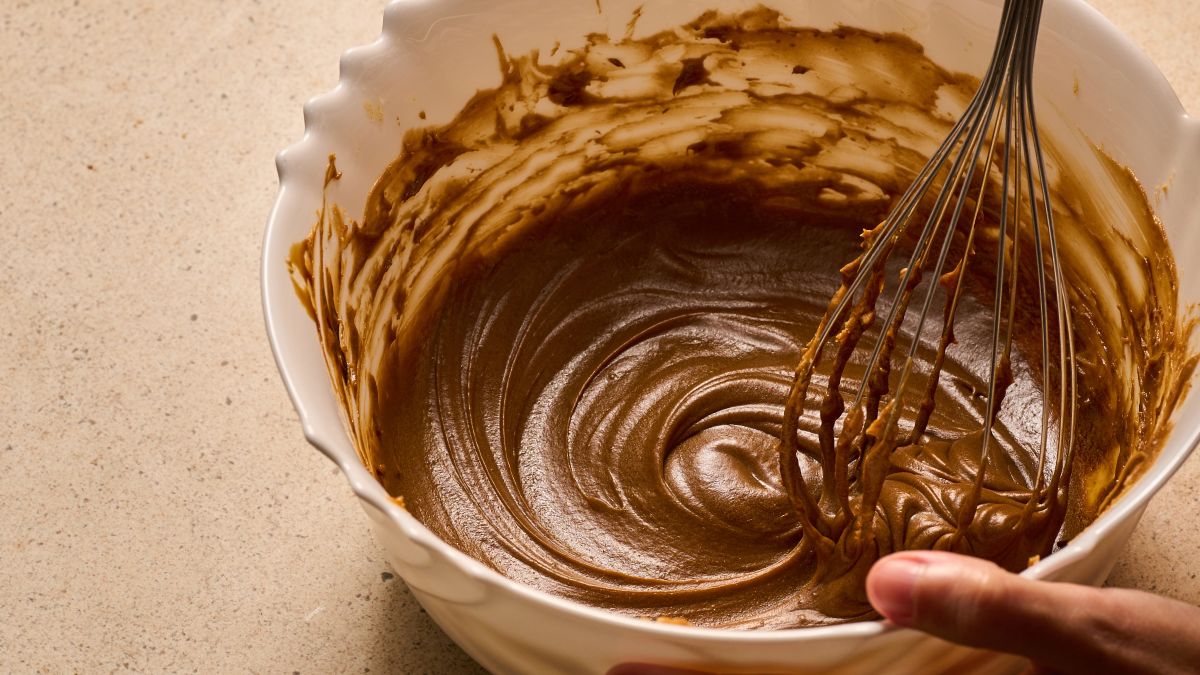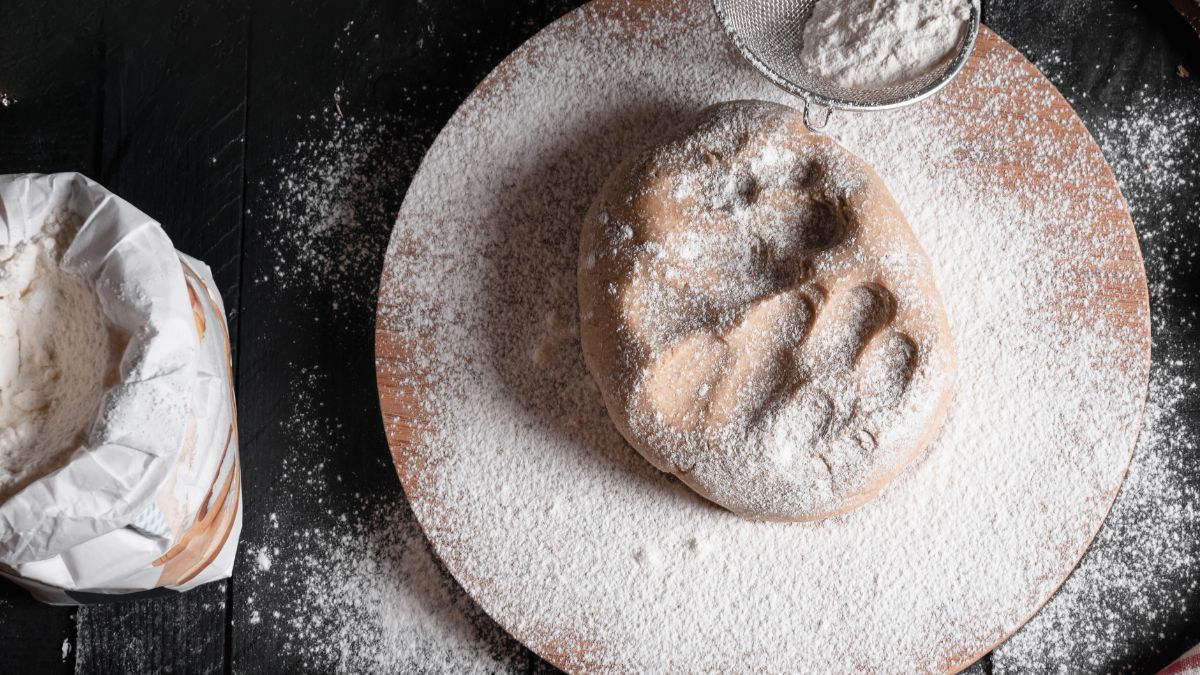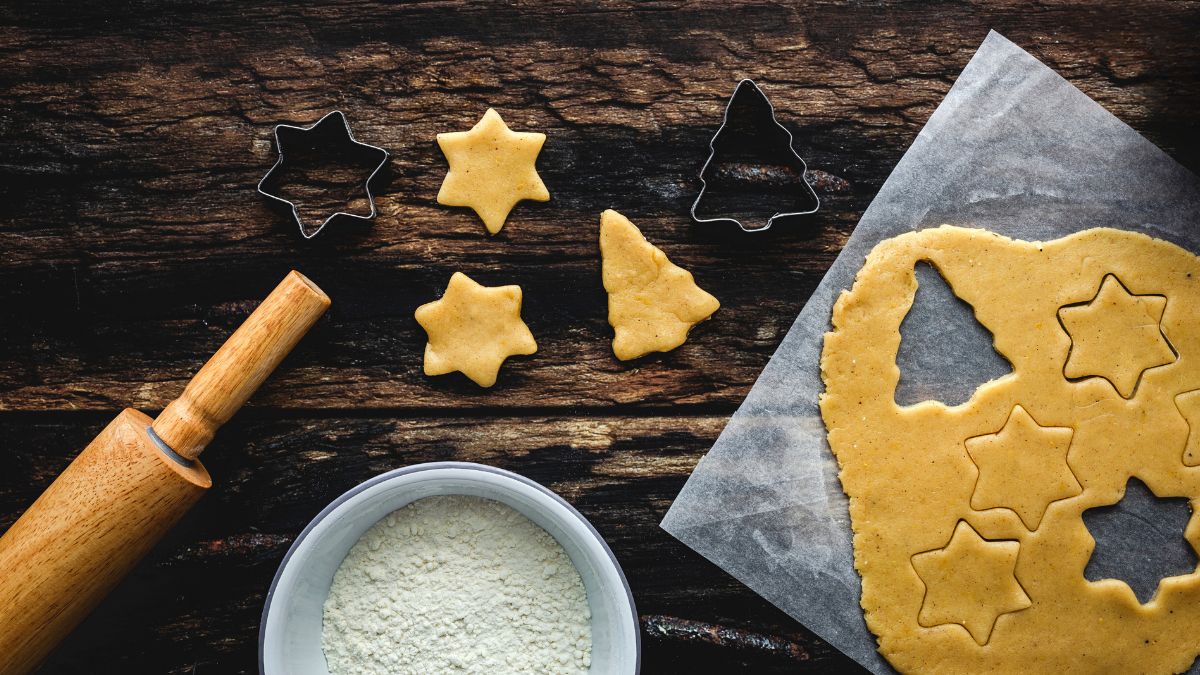Why Is Your Gingerbread Dough Sticky & Easy Fixes

I don’t know about you, but it always brings me down when my gingerbread dough gets sticky for no apparent reason. Maybe it’s because I always make gingerbread cookies around the holidays, so I am being extra cautious when making these delicious holiday treats, so when something goes wrong, it completely spoils my holiday mood. I am sure many of you would like to find out, so here it goes: Why is your gingerbread dough sticky, and how to fix it?
Gingerbread dough can become sticky due to excessive moisture or warmth. To fix sticky gingerbread dough, gradually add more flour to the dough until it reaches a more manageable consistency. Chilling the dough for about 30 minutes can also help firm it up and make it easier to handle.
To help you enjoy your holidays more or simply indulge yourself on a regular Tuesday, I’ve decided to dedicate an article to gingerbread dough tricks and tips, and easy fixes. So, in the following paragraphs, I will tell you why your gingerbread dough is sticky and how to fix it quickly.
What Makes Your Gingerbread Dough Sticky?
Although it is hard to always know what happened, there is always a reason why your gingerbread turned out sticky. It is always something that goes array during the preparation process, and, sometimes, you can do everything right and still end up with a sticky gingerbread dough.
One common cause is an excess of moisture in the dough, but this doesn’t mean that you’ve gone too far with the wet ingredients. It can be simply due to the humidity in the air. For example, if you cooked something in your kitchen before making the gingerbread dough, the air may be humid, and the dough will react to it.
The most apparent reason is adding much liquid, such as molasses or other wet ingredients, or if you haven’t mixed the dough properly. The moisture content affects the consistency of the dough, making it stickier than desired.
Another factor that can contribute to sticky gingerbread dough is temperature. If you prepare the dough in a warm environment, the butter or other fats in the dough can soften or melt, leading to a stickier consistency.
While the fats should melt, they should do so gradually. An overly warm atmosphere will speed up the melting process contributing to a sticky gingerbread. This usually goes hand in hand with humidity, increasing the stickiness of the gingerbread dough.
This goes without saying, but I would like to underline it. So, the type and quality of ingredients used can also play a role in the stickiness of the gingerbread dough. Not all brands are of equally good quality, and some may give you a sticky gingerbread that is beyond repair.
Therefore, the freshness of the ingredients is crucial. Even the best ingredients won’t work well unless they are fresh. So, if your gingerbread dough turns out sticky, check the date on the ingredients to detect the cause more quickly.
Using the wrong kind of flour can also contribute to making your gingerbread dough sticky. The trick is to choose a high-protein flour so that the dough has elasticity without being sticky.
And lastly, the way you knead the dough is also important, so your technique matters. As you can see in the video, you can hack it and knead like a pro simply by enforcing some of the tricks. Still, there’s no result without practice, so make sure you practice!
Is It Okay if Your Cookie Dough Is Sticky?
Cookie dough is a very particular type of dough, and you shouldn’t expect it to feel and look like regular dough. So, yes, it is generally okay if your cookie dough is sticky. Gingerbread dough is a type of cookie dough, and you should expect a certain level of stickiness.
Cookie dough is more reactive to the surrounding temperature and air humidity, and while a bread dough would not be affected by these conditions, a cookie dough would. Still, even a sticky cookie dough doesn’t mean bad cookies, while improper bread dough would result in lower-quality bread.
The problem with sticky cookie dough is that it can be significantly more challenging to handle and shape the cookies. It sticks to your hands, rolling pin, or work surface, making it harder to achieve desired shapes and textures. I really dislike it when my gingerbread dough, and cookie dough in general, is sticky because it takes away the joy of making creative shapes.
Still, sticky cookie dough doesn’t only diminish the creative side of the cookie-baking activity, but it can also give you cookies you didn’t hope for. Firstly, the cookies may spread more during baking, which means thin cookies. The sticky dough has a higher moisture content, and as it heats up in the oven, the moisture turns into steam, which will result in overly dry cookies.
Also, the cookies may have a less defined shape resulting in them being thinner in some places and thicker in others. This way, you may get very unpleasant cookie edges that significantly reduce the pleasure of eating your cookies.
Sticky cookies are more difficult to remove from the baking tray, even if it is covered with parchment paper. This may further damage the cookies because you will have to remove them using force.
How to Fix Sticky Gingerbread Dough?
The good news is that you can do some damage control if your gingerbread dough is sticky, so don’t despair. There are a few things you can do, and here they are:
Adjust the Moisture Content

Adding flour should be your first move if your gingerbread dough is excessively moist and sticks to your fingers. More often than not, excess moisture is the reason behind your sticky gingerbread dough. Add the flour slowly and gradually and always start with a small amount and increase it as you see fit.
Instead of adding with a spoon, sift the flour and mix after each time you add. See what happens and increase the amount if needed.
On the other hand, if your gingerbread dough lacks moisture, adding more wet ingredients is the best fix. Adding water is always the most painless solution, so try that before adding more of the other wet ingredients.
Start by adding a little and see how the dough reacts. Adjust the amount as you go. I usually add spoon by spoon and mix it in before I add the next one.
Chill the Dough
Chilling the dough is a painless and risk-free solution for sticky gingerbread dough. The low temperature in the fridge will cause changes to the internal structure of the dough, which will contribute to the dough getting less sticky.
Place the sticky gingerbread dough in the refrigerator for at least 30 minutes to allow it to firm up. Chilling the dough helps solidify the fat, thus reducing stickiness, which will make the dough easier to handle and shape.
Dust With Powdered Sugar or Cocoa Powder
Lightly dust your work surface, rolling pin, and hands with powdered sugar or cocoa powder. These powders act as a barrier between the dough and the surface, preventing excessive sticking. Now, these are not magic dust, so if your gingerbread dough is excessively sticky, they aren’t likely to work.
Still, if you think that it would help, roll out the dough on the dusted surface and continue with your desired gingerbread shapes.
Use Parchment Paper or a Silicone Baking Mat

Place a sheet of parchment paper or a silicone baking mat on your work surface to make the dough easier to work with. The non-stick surface reduces the dough’s contact with the work surface, acting as a barrier. I only apply this method if my gingerbread dough is significantly sticky.
What do you do when your gingerbread dough gets sticky? Can’t wait to find out more hacks in the comments below!
